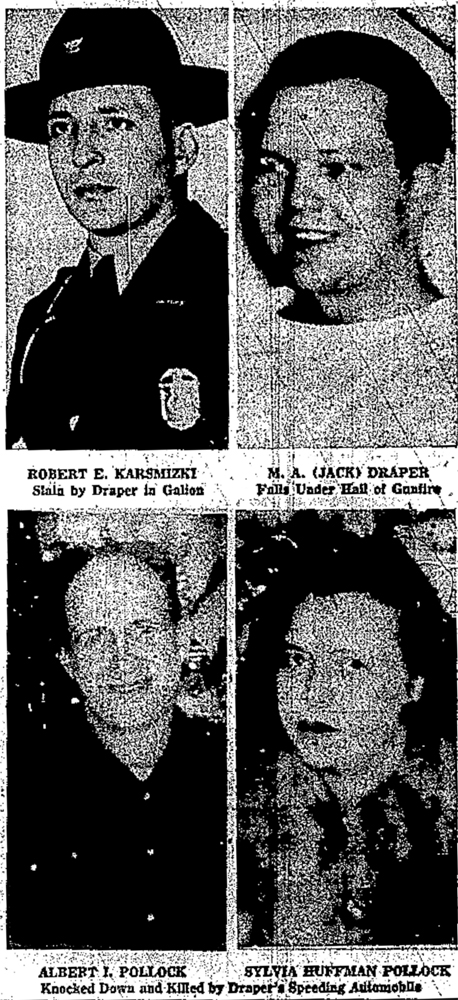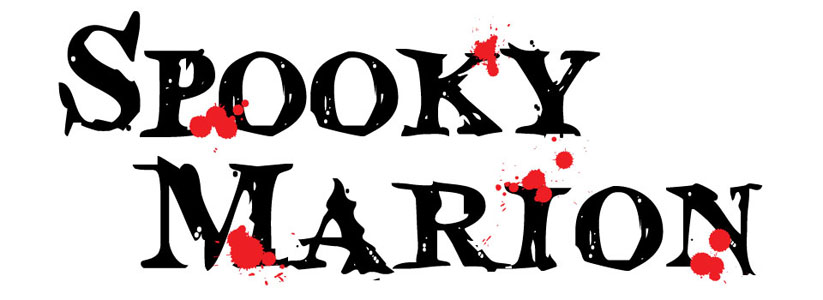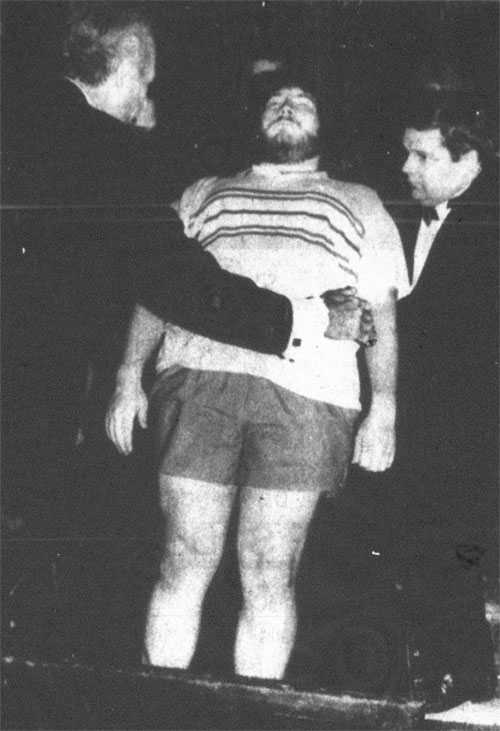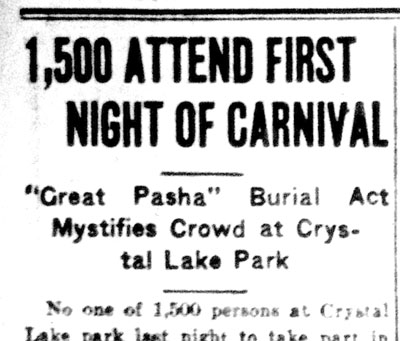The Alley
Late Saturday night on March 30, 1957, two women and a man left Whitey’s Place (now Whitey’s Tavern) after a night out. They were on their way to their Owens Street home but decided to stop at the Red Castle Restaurant, which was on North Main Street just around the corner from Whitey’s, to pick up a few sandwiches. As they were headed down an alley toward North Prospect Street, a car turned in behind them. Suddenly the driver gunned the engine and sped straight for the group.
It was the beginning of a rampage that would span three cities and eventually leave four people dead and two others seriously injured.

The driver of the car was 28-year-old Jack Draper, also of Owens Street. He knew the people walking down the alley. They were Albert and Sylvia Pollock and Sylvia’s mother, Dora Harris. Draper had a six-year-old child with Sylvia’s daughter, 23-year-old Marilyn Huffman.
As Draper sped down the alley, he struck Albert and Sylvia hard enough to fracture their skulls and crush their chests. This was according to a report written by Marion County Coroner Robert T. Gray who added that Albert also “suffered compound fractures on both legs.” He struck Dora as well, though only glancingly. Once Draper reached Prospect Street, witnesses saw him turn around and head back down the alley towards Main Street. He turned around again in the Big Bear parking lot (which at the time was located just south of St. Mary’s Church on Main Street) before roaring back down the alley, presumably to hit Dora again. However, his tire struck a concrete block in the alley and the blew out, causing him to lose control and miss Dora and instead strike Albert again. His car now badly damaged, Draper turned north onto Prospect Street but only managed to make it as far as London Street before he abandoned the car. Carrying a loaded nine-shot .22 caliber pistol, he ran toward Main Street. He needed another car.
The Dispute
An article about the rampage appearing in the April 1, 1957, edition of The Marion Star attempts to piece together why Draper, described as a laborer for the Erie Railroad and a former Golden Gloves amateur boxer, would carry out an act of such extreme violence.
Although they both lived on Owens Street and had a daughter together, Jack Draper and Marilyn Huffman were not married and appeared to have had a very troubled relationship.
Marilyn said in a statement to the press that Draper was dangerous and had in the past threatened harm to the child, herself, and the rest of her family. She went on to say that her mother, Sylvia, had sworn out a disorder conduct warrant against Draper, and he was subsequently fined $100 as well as court costs. Dora Harris, who survived Draper’s attack, told reporters that she had seen Draper take Marilyn outside the house and “beat her up” a number of times, both before and after the birth of their daughter.
Some of Draper’s relatives – his brother, his sister, his niece – defended Draper, telling the Star that he was distraught because he could not see his daughter and that Marylyn’s family had “poisoned” the young girl’s mind against her dad. This was what finally caused him to “crack up” in their opinion. They said that he often bought his daughter presents but that the Pollocks and Marilyn had made the little girl “scared” of her father.
The Pursuit of Jack Draper
Corbett Woods and Raymond McCoy had just finished tuning up McCoy’s car and were backing it out of Woods’ service station on the corner of North Main and Farming Street when Draper ran up and jerked the driver’s side door open. He pointed his gun at the men and told them to get out. The men complied. As McCoy later told a Star reporter, Draper seemed to be “really nervous on that trigger.” Draper sped off, northbound on North Main Street.

A minute or two later, Woods and McCoy flagged down Marion Patrolman Donald Hall, who was already aware of the crime, and informed him that Draper had just stolen McCoy’s car. Although Patrolman Hall could see Draper up ahead as he pursued him, he was unable to close the distance and lost Draper south of Bucyrus.
Around the time Patrolman Hall lost Draper, State Highway Patrolman Robert Karsmizki spotted Draper and followed him into Bucyrus. Draper turned onto Route 19 and headed in the direction of Galion. Karsmizki was soon joined by another officer, State Highway Patrolman Youtz, and the two of them pursued Draper into Galion at high speed.
By then, the Galion City Police had set up a roadblock on Route 19 just east of the city. Draper attempted to swerve around the roadblock but lost control of the stolen car and flipped it over three times. Draper struggled out of the car, stumbled and fell on his face.
As Patrolman Karsmizki approached him, Draper rolled over and fired his pistol into Karsmizki’s chest, the slug striking him in the heart and fatally wounding him. Draper then fired on Patrolman Youtz and managed to hit him twice, once in the left arm and once in the chest. Other officers at the scene opened fire on Draper and shot him a total of six times, killing him. Patrolman Youtz survived the shooting.
In all, Draper’s rampage had lasted just over an hour. The aftermath for those touched by the shocking events on that March night presumably lasted much, much longer.



